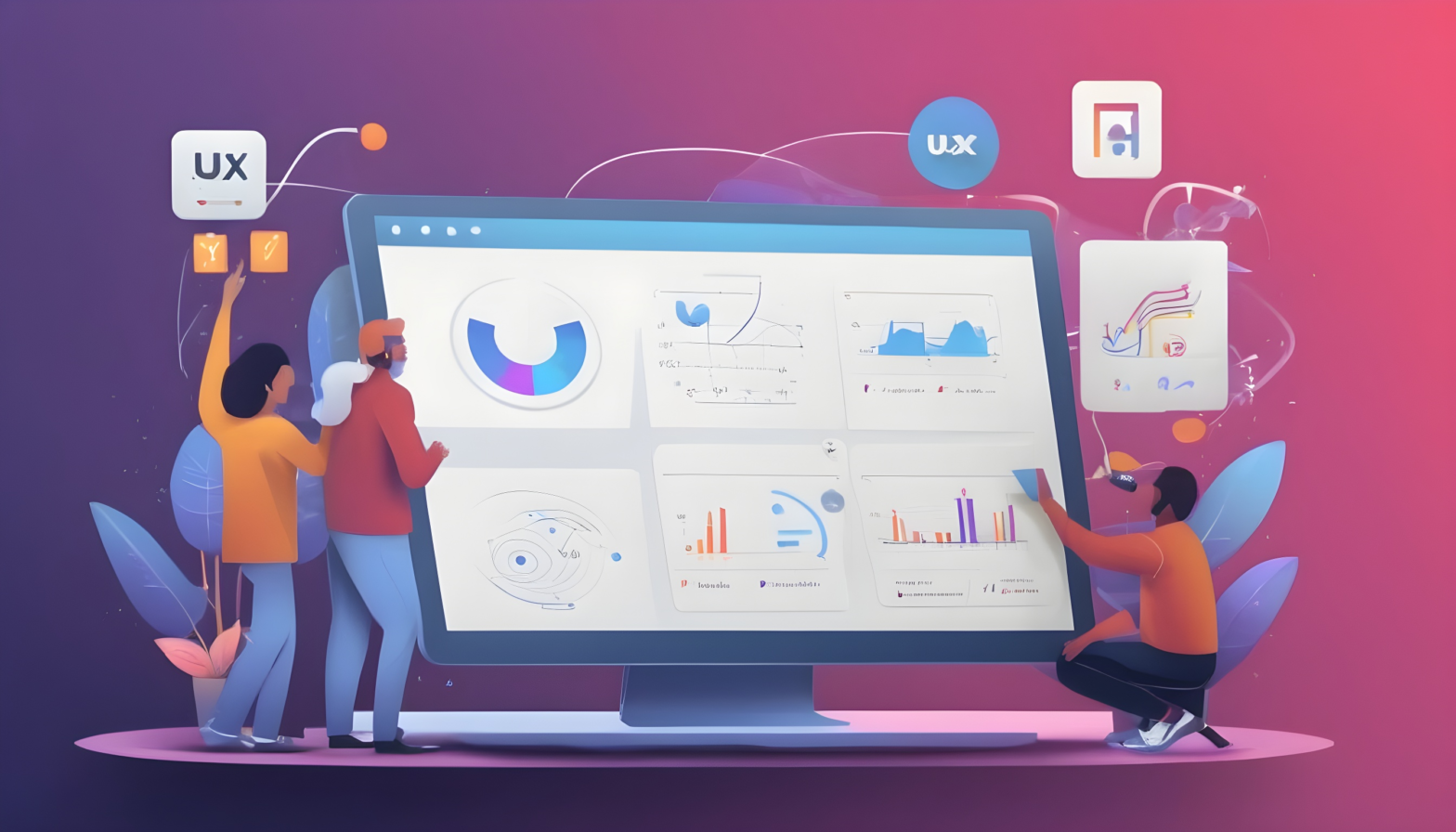As technology continues to evolve at an unprecedented pace, UI/UX design has become one of the most critical elements in digital product success. Whether it’s an app, a website, or an enterprise-level software platform, the user experience directly impacts how users perceive and interact with a product. With UI/UX rapidly evolving, it’s essential to look ahead and understand the trends that will define the future.
1. Hyper-Personalization Through AI and Machine Learning
The use of artificial intelligence (AI) and machine learning (ML) to drive hyper-personalization is already in motion, and it’s expected to grow exponentially in the coming years. By analyzing user behaviors, preferences, and habits, AI-powered systems can deliver tailored experiences like never before.
For instance, content can dynamically adapt to user preferences, or layouts can change based on the user’s interaction history. Personalized onboarding flows, user interfaces that adapt to skill levels, and dynamic content recommendations are just a few ways hyper-personalization is becoming a game changer.
2. Voice User Interface (VUI) Expansion
With the growing popularity of smart devices and virtual assistants like Amazon’s Alexa, Apple’s Siri, and Google Assistant, voice user interfaces (VUI) are becoming more mainstream. As more products adopt voice control, the challenge for UI/UX designers is to create intuitive and natural conversational experiences.
Designers will need to master conversational design, making VUI seamless, fluid, and enjoyable to use. This means ensuring users can transition smoothly between voice, touch, and gesture controls within the same product ecosystem.
3. Inclusive and Accessible Design Will Be the Norm
Inclusivity and accessibility are no longer optional—they are a must for modern UI/UX design. As the world becomes more aware of diverse user needs, inclusive design practices are gaining significant traction. In the future, the focus will shift towards creating products that cater to users of all abilities, making accessibility a cornerstone of the user experience.
Designers will need to ensure their products work well for people with visual, auditory, cognitive, or motor impairments. Tools like contrast analyzers, screen readers, and voice-command functionalities will become vital in designing accessible digital experiences.
4. Immersive 3D Experiences in User Interfaces
With the rise of augmented reality (AR) and virtual reality (VR), 3D elements in user interfaces are starting to replace traditional 2D designs. Expect this trend to continue as the demand for immersive experiences grows.
Designers will need to rethink navigation, interaction, and visual hierarchy in a 3D space. The key challenge will be creating 3D environments that are not overwhelming and instead enhance the user’s journey. With advances in AR/VR technology, industries like e-commerce, gaming, and education will be the front runners in adopting this trend.
5. Emotional Design: Evoking Feelings with Visuals and Interactions
UI/UX design is increasingly focused on connecting with users on an emotional level. Emotional design leverages the psychology of colors, shapes, and micro-interactions to make products more appealing, memorable, and delightful.
Future trends will see designers taking advantage of motion design to create subtle animations that bring user interfaces to life. The idea is to build interactions that provide users with a sense of accomplishment and joy, transforming digital products into emotional experiences.
Conclusion
As UI/UX design continues to evolve, the future promises exciting developments that will redefine how we interact with technology. Hyper-personalization, voice interfaces, inclusive design, 3D experiences, and emotional design are just the tip of the iceberg. To stay ahead, designers need to remain agile, continually updating their skills, and staying tuned to emerging trends. At UXCohort, we focus on preparing the next generation of UI/UX designers for these changes, ensuring they can lead the way in creating the future of digital interaction.
improvement. Once you have a prototype, conduct usability tests to gather feedback. Are users able to navigate smoothly? Do they experience any pain points?
Analyze the feedback, make necessary adjustments, and repeat the process. Continuous testing ensures your design is aligned with user needs and expectations.
Conclusion
User-centric design is about putting your users first every step of the way. From understanding their goals and tasks to creating intuitive user flows and conducting usability testing, mastering UCD is essential for creating products that resonate. At UXCohort, we equip aspiring designers with the skills and knowledge to excel in this user-first design philosophy.


